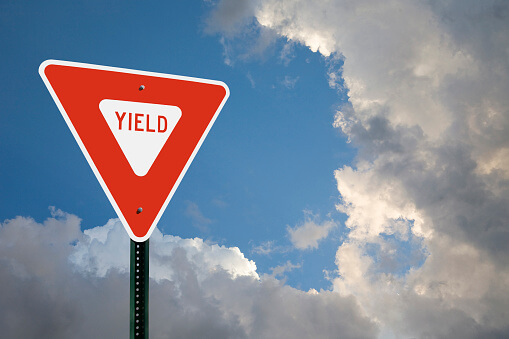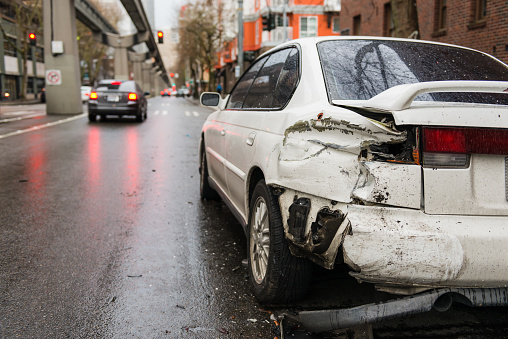Basically, laws spell out when the right-of-way must be yielded, according to safemotorist.com.
A driver who arrives first at an intersection regulated by a stop sign has the right-of-way in comparison to other drivers.
How right-of-way works
Problems can be avoided by drivers who grant right-of-way in these cases:
- At a yield sign
- To pedestrians in a crosswalk
- At uncontrolled intersections where vehicles are already in the intersection
- At “T intersections” where drivers must yield to vehicles on the through road
- When returning to the roadway after the car is parked
- To someone using a guide dog
- To someone using a white cane with or without a red tip
(An all-white cane means the person is totally blind. A cane that is mostly white with some red can mean the person has some usable eyesight, also has hearing problems or intends the red to make the cane more visible, according to perkins.org.)
In cases where two drivers arrive at an intersection at the same time, the right-of-way goes to the driver who is on a cross street and is on the right-hand side.
At an uncontrolled intersection – one with no stop sign or traffic lights – the driver who reached the intersection last is supposed to yield right-of-way. If drivers reach an intersection at the same time, the driver on the left should yield the right-of-way.
Issues of failure to yield right-of-way arise in numerous circumstances. Drivers must always yield the right-of-way to pedestrians at crosswalks, for instance. Bicycles, since they are considered “vehicles” in terms of roadway law, must abide by the same rules as drivers, and bicyclists are not always granted the right-of-way.
Failure to yield right-of-way is prohibited when a driver encounters emergency and construction vehicles and buses.
Other points for drivers to remember include avoiding high crash areas, never assuming other drivers will give right-of-way and gaining eye contact with other drivers to avoid crashes that can happen in failure to yield right-of-way incidents.
A harsh lesson of the road for teens, and even more experienced drivers, is that just because the law says other drivers should do things doesn’t mean they will. If another driver veers in front of you, all that matters is whether you’re prepared to react, according to the National Safety Council.
Being a safe driver means anticipating hazards by scanning the roadway. Encourage teen drivers to be the driver that other drivers want to face on the road, the driver who lets others merge and not the one who cuts off other vehicles.
Contact Coplan + Crane personal injury lawyers in Illinois today if you’ve been hurt in a failure to yield right-of-way accident or other injury case.
















